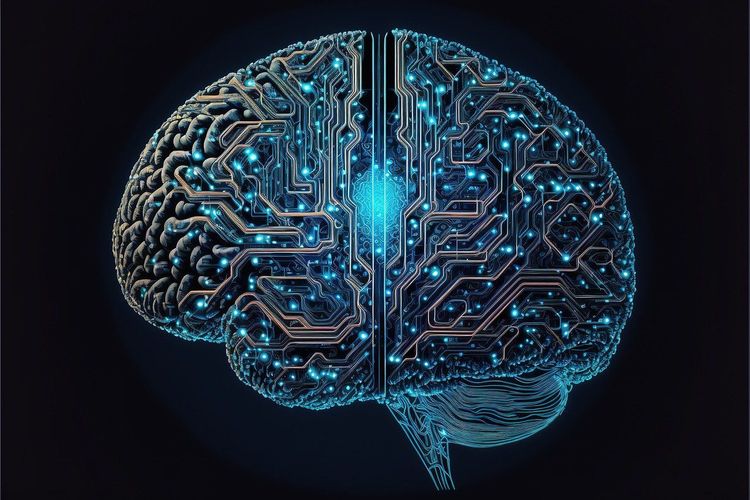As we near the two-year anniversary of ChatGPT and the subsequent surge in generative AI applications, it’s clear that two realities coexist: the transformative potential of this technology is undeniable, yet the risks of inherent bias within these models are significant.
In under two years, AI has evolved from assisting with everyday tasks—like hailing rideshares and suggesting online purchases—to influencing critical decisions in areas such as insurance, housing, credit, and welfare claims. While previous biases—like recommending glue for pizza—might have been seen as trivial, they become serious concerns when these biases affect essential services that impact our livelihoods.
Mitigating AI Bias: A Call for Diversity
The question arises: How can we effectively mitigate AI bias when the training data itself is flawed? This challenge is compounded when model creators lack the awareness to identify bias in its many forms. The solution lies in increasing diversity within AI teams—specifically, more women, more minorities, and more seniors.
Early Education and Exposure
Promoting diversity in AI should not be contentious. Yet, in my 30 years of experience in STEM, I’ve often found myself in the minority. Although the technological landscape has advanced significantly, workforce diversity—especially in data and analytics—remains stagnant. The World Economic Forum reports that women constitute only 29% of STEM workers while making up nearly half (49%) of the total workforce in non-STEM fields. In math and computer science, Black professionals represent a mere 9%. These figures have held steady for two decades, with just 12% of women reaching the C-suite.
To rectify this, we need comprehensive strategies to make STEM appealing to women and minorities, starting as early as elementary school. A compelling example comes from a Mattel video, showing young girls selecting traditional toys. After exposure to inspiring figures like Ewy Rosqvist, the first woman to win the Argentinian Touring Car Grand Prix, their perspectives shifted. This underscores the importance of representation in fostering interest in STEM.
We must intentionally send positive messages about STEM to young girls, ensuring equal opportunities for exploration. Collaborations with nonprofits like Data Science for All and the Mark Cuban Foundation’s AI bootcamps are essential. We also need to celebrate trailblazing women in the field—such as AMD’s CEO Lisa Su, OpenAI’s CTO Mira Murati, and Joy Buolamwini of The Algorithmic Justice League—to show girls that STEM is not solely a male domain.
Data and AI will underpin countless future careers—from athletes to filmmakers. It’s crucial to eliminate barriers that restrict access to STEM education for minorities and to illustrate that a foundation in STEM opens the door to diverse career paths.
Recognizing and Addressing Bias
AI bias manifests in two main ways: through the datasets used for training and through the biases of the individuals developing them. To diminish bias, we must first acknowledge its existence and recognize that all data contains inherent biases, often exacerbated by unconscious human prejudices.
Take, for instance, well-known image generators like MidJourney, DALL-E, and Stable Diffusion. Analysis by The Washington Post revealed that when prompted to depict a “beautiful woman,” the results predominantly featured young, thin, and white individuals, with only 2% showing visible aging and merely 9% exhibiting dark skin tones. Such findings reflect a stark disconnect from the true diversity of femininity.
Subtler biases also exist. For instance, upon beginning my career in Zurich in the late 1980s, I was unable to open a bank account as a married woman, despite being the primary breadwinner. If AI models are trained on historical credit data that lacks representation for women, they may overlook crucial factors such as maternity leaves or childcare gaps. Addressing these concerns may involve using synthetic data generated by AI, but only if creators are aware of these biases.
Thus, it’s essential for diverse voices—especially women—to be involved in every step of the AI development process. We cannot entrust this responsibility solely to a small group of technologists who do not reflect the rich diversity of the global population.
The Case for Diversity in AI
While completely eliminating bias in AI may be an unrealistic goal, ignoring the issue is equally unacceptable. Increasing diversity in STEM and within AI development teams is essential for creating more accurate and inclusive models that benefit everyone.
Cindi Howson is the Chief Data Strategy Officer at ThoughtSpot and a former VP at Gartner Research.







